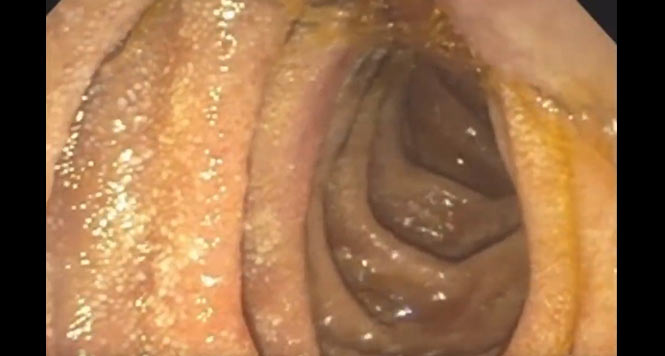Large Single-Use Duodenoscope Experience Shows High Success and Low Crossover Rates
Rajesh N. Keswani, MD, MS, reviewing Bruno MJ, et al. Endoscopy 2023 Jul 18.
Single-use duodenoscopes were developed to eliminate the risk of duodenoscope-associated transmission of infections. However, there are concerns that the performance of single-use duodenoscopes may not be optimal in practice. Limited data exist on the outcomes of ERCP using these endoscopes.
In this industry-sponsored study, 61 endoscopists (22 centers) performed ERCP in 551 patients using a commercially available single-use duodenoscope (Exalt, Boston Scientific Corporation, Marlborough, Mass). Endoscopists were stratified by volume as expert (>2000 lifetime ERCPs; 46 endoscopists) or less-expert (≤2000 lifetime ERCPs; 15 endoscopists). ERCPs were categorized as difficult using previously described criteria such as more than 5 contacts with the papilla while attempting to cannulate, more than 5 minutes spent attempting to cannulate following visualization of the papilla, and unintended pancreatic duct cannulation or opacification.
In total, 55.9% of patients had native papillae (no prior sphincterotomy), and 37 (6.7%) underwent an ERCP procedure with crossover from a single-use to a reusable duodenoscope. Overall, difficult cannulation was seen in 29.2% of all ERCPs; among these cases, 2.9% underwent crossover to a reusable duodenoscope. The overall success rate for ERCP with single-use duodenoscopes was 91.3%; an additional 4.7% of patients had a successful ERCP after crossover to a reusable duodenoscope. ERCP performance, including ERCP success and crossover rates, was similar between experts and less-experts, but experts rated single-use duodenoscopes higher than less-experts. The overall pancreatitis rate was 3.3%, and the overall adverse event rate was 7.8%.

COMMENTThis industry-sponsored study showed a high clinical success rate with a low adverse event rate in patients undergoing ERCP for which a commercially available duodenoscope was used. While there are obvious limitations of this study, the findings of a high success rate should be reassuring to centers considering the adoption of this technology. Furthermore, additional refinements to the technology should continue to improve procedure success rates as well as endoscopist satisfaction.
Note to readers: At the time we reviewed this paper, its publisher noted that it was not in final form and that subsequent changes might be made.
CITATION(S)
Bruno MJ, Beyna T, Carr-Locke DL, et al. Global prospective case series of ERCP using a single-use duodenoscope. Endoscopy 2023 Jul 18. (Epub ahead of print) (https://doi.org/10.1055/a-2131-7180)


